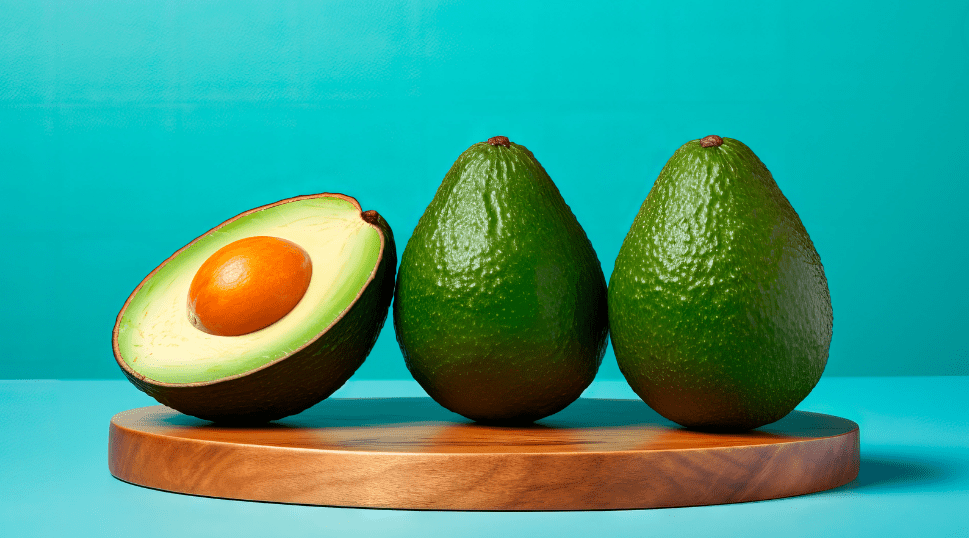
Avocado Season: Harvesting Tips for Home Gardeners
Avocado season is a highly anticipated time for food lovers and home gardeners alike. Knowing when avocados are in season and how to select, store, and enjoy them can make a significant difference in their taste and quality. This comprehensive guide will help you understand avocado seasons, choose the best avocados, and enjoy them in a variety of delicious ways.
Table of Contents
ToggleUnderstanding Avocado Season
A. Avocado Growth Cycle
The avocado growth cycle varies depending on the variety of avocado tree and the climate in which it is grown. Generally, avocados have two main seasons: a primary season and a secondary season. The primary season typically runs from spring to summer, while the secondary season occurs in the fall months. It’s important to note that depending on the region, avocado seasons may differ, so it’s essential to understand the specific season in your area.
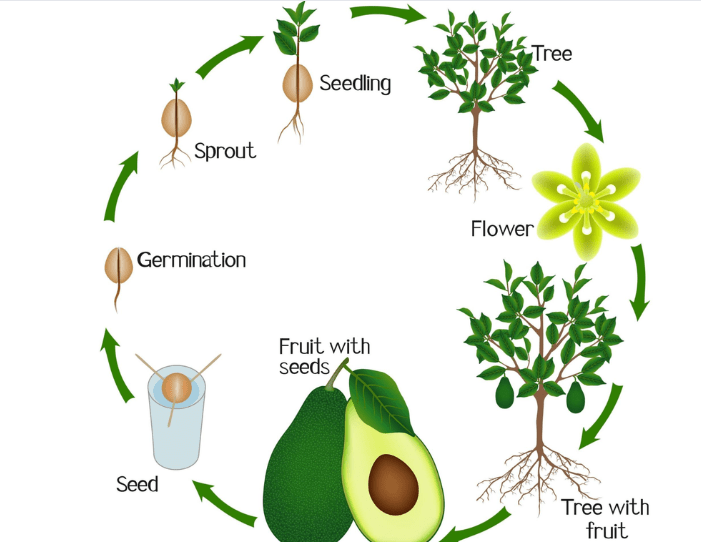
1. Flowering, fruit set, and maturation periods
During the flowering period, avocado trees produce clusters of small, yellow-green flowers that eventually develop into fruit. Once the fruit sets, it takes several months for the avocados to mature and ripen. It’s important to monitor the fruit during these periods to ensure optimal harvesting.
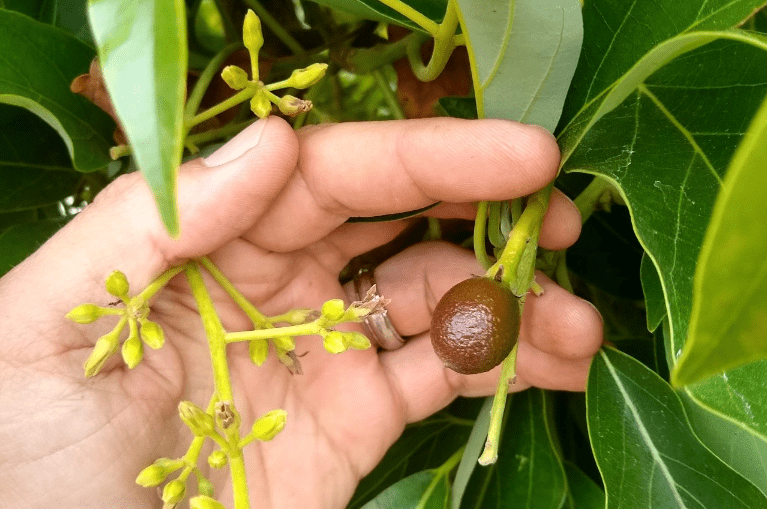
B. Seasonal Variations by Region
Seasonal variations in avocado production can be influenced by factors such as climate, temperature, and elevation. In regions with milder climates, avocados may have a longer growing season, while in areas with colder temperatures, the season may be shorter. Additionally, higher elevations can affect the timing of the seasons, as colder temperatures at higher altitudes can delay the flowering and fruit set of avocado trees. Understanding these regional variations is crucial for avocado growers to plan for optimal harvest times.
C. Identifying the Right Season for Harvesting
To ensure optimal harvesting of avocados, it’s important to monitor the fruit during different seasons and regional variations. Factors such as climate, temperature, and elevation can impact the timing of the growing season and the readiness of the fruit for harvest. In regions with milder climates, avocados may have a longer growing season, while colder temperatures and higher elevations can delay the flowering and fruit set of avocado trees. By understanding these variations, growers can plan for the best time to harvest their avocados.
Preparing for Harvest
A. Tree Care Leading Up to Harvest
Leading up to harvest, avocado growers should focus on proper tree care to ensure a successful harvest. This includes regular irrigation to provide the necessary moisture for fruit development, as well as nutrient management to support healthy tree growth and fruit production. Pruning and training the trees can also help optimize fruit yield and quality. Additionally, managing pests and diseases is crucial to prevent any potential damage to the fruit. By taking these steps, growers can prepare their avocado trees for a successful and productive harvest.
B. Monitoring Fruit Development
During the lead-up to harvest, it’s important for avocado growers to monitor the development of their fruit to determine the ideal time for picking. This involves regularly checking the fruit for size, color, and firmness to gauge their ripeness. Growers should also keep an eye on environmental factors such as temperature and humidity, as these can impact the rate of fruit development. By closely monitoring fruit development, growers can ensure that their avocados are harvested at the peak of ripeness, maximizing their flavor and quality.
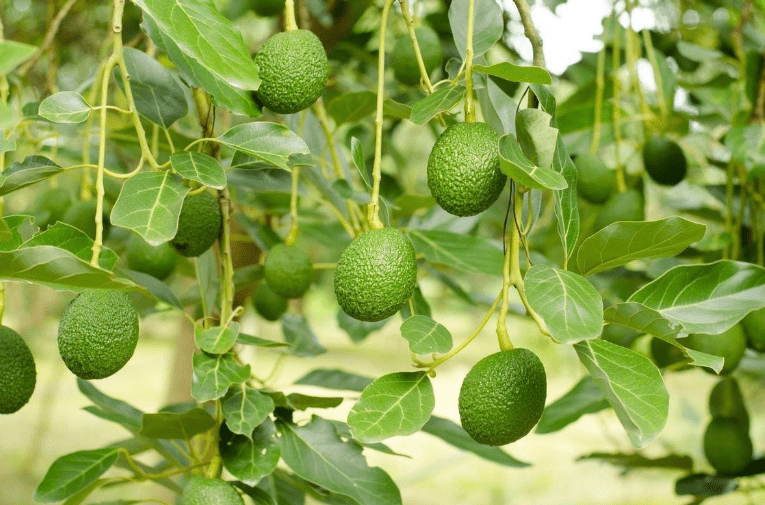
C. Setting Up for Harvesting
In order to prepare for a successful avocado harvest, growers should also take steps to set up for harvesting. This can include making sure that harvesting equipment is in good working condition and readily available. It’s important to have the necessary tools on hand, such as picking poles and ladders, to safely and efficiently harvest the fruit. Additionally, growers should establish a harvesting schedule to ensure that avocados are picked at the optimal time. By setting up for harvesting in advance, growers can streamline the process and ensure a successful and productive harvest.
Harvesting Avocados
A. Determining Ripeness
In order to determine the ripeness of avocados, growers should carefully assess the fruit’s skin color and firmness. Avocados are ready to be harvested when they have turned a dark green to black color and yield slightly to gentle pressure when squeezed. Another method to determine ripeness is by gently removing the stem or cap at the top of the avocado, if the flesh beneath is green, the avocado is most likely ripe. It’s important to carefully monitor the ripeness of the avocados in order to ensure they are harvested at the optimal time for flavor and quality.
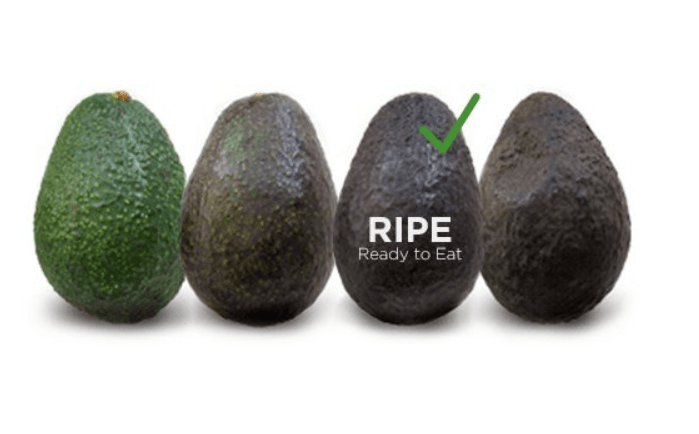
B. Harvesting Techniques
There are a few different techniques for harvesting avocados, depending on the specific needs of the grower and the variety of avocado being harvested. One common method is hand-picking, where workers carefully twist the fruit off the tree by hand to avoid causing damage. Another method is pole picking, where a long pole with a picking basket at the end is used to reach higher fruit. For larger scale operations, mechanical harvesters may be used to shake the tree and catch the fruit as it falls. It’s important to handle avocados with care during the harvesting process to avoid bruising and damage, as this can impact the quality and shelf-life of the fruit. By carefully planning and implementing these harvesting techniques in advance, growers can ensure a successful and efficient avocado harvest.
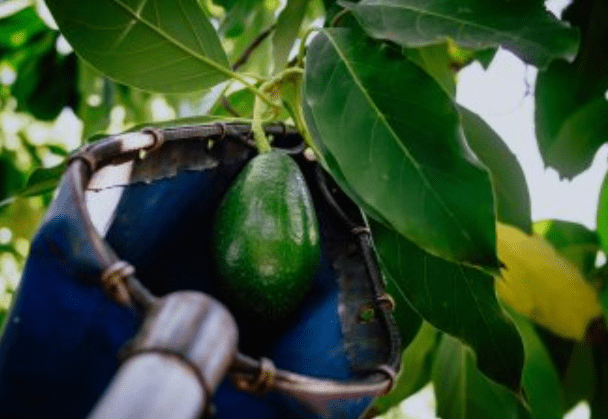
C. Post-Harvest Handling
After harvesting avocados, it’s important to handle them carefully to maintain their quality. The fruit should be sorted and graded to remove any damaged or overripe avocados. It’s also important to wash the fruit to remove any dirt or debris. Once cleaned, the avocados should be packed into containers or boxes for transportation to the market or distribution center. Proper storage is essential to ensure that the avocados remain fresh and ripe for as long as possible. Temperature and humidity should be carefully controlled to prevent premature ripening or spoilage. By following these post-harvest handling practices, growers can ensure that their avocados reach consumers in the best possible condition.
Maximizing Your Harvest
A. Yield Optimization Strategies
When harvesting avocados, it’s important to sort and grade the fruit to remove any damaged or overripe ones. Washing the avocados to remove dirt and debris is also crucial. Once cleaned, they should be packed into containers or boxes for transportation to the market or distribution center. Proper storage is essential to ensure that the avocados remain fresh and ripe for as long as possible. Temperature and humidity should be carefully controlled to prevent premature ripening or spoilage. Following these post-harvest handling practices will help growers ensure that their avocados reach consumers in the best possible condition, optimizing their yield.
B. Dealing with Common Harvesting Challenges
Implementing yield optimization strategies can help farmers increase their profits and improve the quality of their harvest. Some common challenges include fluctuations in market prices, unpredictable weather conditions, and labor shortages. To address these challenges, farmers can use data analysis and technology to make informed decisions about when to harvest and where to sell their crops. They can also invest in equipment and tools that improve efficiency and reduce the reliance on manual labor. By staying ahead of market trends and making strategic investments, farmers can maximize their yield and minimize the impact of common harvesting challenges.
C. Sustainable Harvesting Practices
Sustainable harvesting practices are essential for maintaining the long-term health of the land and ensuring a reliable food supply. Some key sustainable harvesting practices include crop rotation, soil conservation, and water management. Farmers can also use natural pest control methods and organic fertilizers to minimize the use of chemicals. Additionally, reducing waste and promoting biodiversity can help create a more sustainable farming operation. By implementing these practices, farmers can protect the environment, preserve natural resources, and maintain the productivity of their land for future generations.
Using and Enjoying Your Avocado Harvest
A. Ripening and Storing Harvested Avocados
To ripen and store harvested avocados, you can place them in a paper bag with a banana or apple to speed up the ripening process. Once ripe, you can store them in the refrigerator to extend their shelf life. Be sure to use them within a few days to enjoy the best flavor and quality.
B. Culinary Uses for Fresh Avocados
Fresh avocados can be used in a variety of culinary dishes such as guacamole, salads, sandwiches, and as a topping for tacos or toast. They can also be blended into smoothies or used as a creamy base for sauces and dressings. Additionally, avocados can be used as a substitute for butter or oil in baking recipes, adding a healthy twist to your favorite treats. Enjoy experimenting with different ways to incorporate fresh avocados into your meals for a delicious and nutritious addition to your diet.

C. Preserving Avocados
To preserve avocados, you can store them in the refrigerator to slow down the ripening process. If you have cut avocados, you can store them with the pit and a sprinkle of lemon or lime juice to help prevent browning. Another option is to freeze avocados by mashing them and adding a squeeze of lemon or lime juice before placing them in a freezer-safe container. This will allow you to enjoy the taste and texture of avocados even when they are out of season. Be sure to use them within a few days to enjoy the best flavor and quality.
1. Making avocado-based products (guacamole, spreads, oils)
Creating avocado-based products like guacamole, spreads, and oils is a great way to incorporate avocados into your meals. You can easily make your own guacamole by mashing ripe avocados with some diced tomatoes, onions, and a squeeze of lime juice for a delicious dip or spread. You can also use avocados to make homemade avocado oil by blending ripe avocados with a neutral oil and straining the mixture. This can be used for cooking or as a salad dressing. Incorporating avocados into your meals in different ways can add a burst of flavor and nutrition to your diet.
Troubleshooting
A. Common Issues and Solutions
1. Addressing problems like poor fruit quality and low yield
Poor fruit quality and low yield can be caused by a variety of factors such as improper watering, nutrient deficiencies, pests, diseases, and environmental stress. To address these issues, it is important to regularly inspect the avocado trees for signs of pests or diseases and take appropriate measures to control them. Additionally, ensuring that the trees receive proper irrigation and nutrient management can help improve fruit quality and yield. It is also important to provide adequate protection from environmental stressors such as extreme temperatures or strong winds. Consulting with a professional horticulturist or agricultural extension service can help in diagnosing specific issues and providing targeted solutions.
2. Solutions for pest and disease management
Pest and disease management in avocado trees can be addressed through various methods. Integrated pest management (IPM) is a holistic approach that involves using a combination of biological, cultural, and chemical control methods to manage pests and diseases. This may include introducing natural predators, using physical barriers, practicing proper sanitation, and applying targeted chemical treatments when necessary. It is essential to regularly monitor the trees for signs of pests and diseases and take quick action to prevent outbreaks. Consulting with a professional horticulturist or agricultural extension service can help in identifying specific pests and diseases and developing a tailored management plan. Additionally, following proper orchard practices and maintaining good tree health can also help prevent pest and disease issues.
In conclusion, harvesting avocados at the right time is essential for ensuring they are ripe and ready to enjoy. It’s important to gently pick the avocados from the tree and handle them with care to avoid bruising. Once harvested, store the avocados in a cool, dark place to allow them to ripen fully before enjoying. By following these tips, home gardeners can make the most of their avocado harvest and enjoy delicious, fresh avocados from their own trees.
Frequently Asked Questions (FAQs)
The best time to harvest avocados is when they have reached full maturity and are ready to eat. This is usually during the late spring and summer months.
You can tell if an avocado is ready to be harvested by gently squeezing it. If it yields to gentle pressure, it is ready to be picked.
Use a pruning tool to cut the stem of the avocado, leaving a small portion of the stem attached to the fruit. Be careful not to damage the fruit or the tree when harvesting.
Yes, you can store avocados after harvesting them. If they are not yet ripe, you can store them at room temperature until they ripen. Once ripe, you can store them in the refrigerator to slow down the ripening process.
Avocados can last for up to two weeks after being harvested, depending on their ripeness and how they are stored. It’s best to consume them as soon as possible for the freshest flavor.
Yes, you can freeze harvested avocados. Simply peel and pit the avocados, then place them in a freezer-safe bag or container. They can be kept in the freezer for up to six months.
Avocados should be harvested regularly once they are ripe and ready to eat. Check your tree every few days during the harvesting season to ensure you pick the avocados at their peak ripeness.
When harvesting avocados from a home garden, it’s important to handle the fruit gently to avoid bruising. Additionally, be sure to leave a small portion of the stem attached to the fruit to help it ripen properly.
